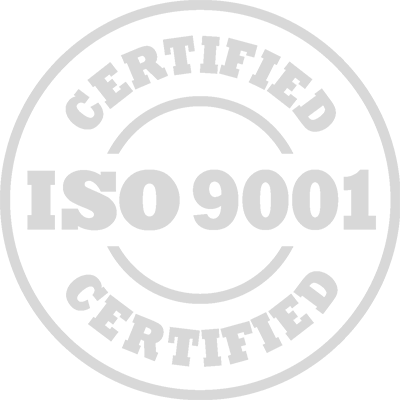Introduction
The present state-of-the-art design of piping systems is based on the close interaction and collaboration between system designers and operators. The operator’s experience with running complex piping systems for long periods is an essential factor in improving the design. The most delicate design problems are encountered during the expansion of systems when they are made more extensive or more complex.
For a piping system to operate in a problem-free manner, the design and installation of a piping system requires attention to multiple factors. During the past few decades, pipeline systems and technologies have been progressing at a fast pace in all aspects of the design, operation, and automatic control. The systems have grown in size and intricacy.
Today’s trends in the industry are aimed at increasing the flow rates, pipe diameters, and working pressures for a wide variety of fluids to be handled, including very complex and difficult ones. All of these factors impose substantial requirements on careful design, precise operation, and complex control.
Pipeline operation engineers and managers have to be sufficiently familiar with the details of fluid flow in piping systems, as well as with modern technologies, to make informed decisions on various technical aspects of the designed system and its future operation.
There is a need for detailed monitoring of everyday operations, as well as computer-based centralized automatic control of the operation of large systems. At the same time, environmental concerns and safety issues require highly sophisticated monitoring and control systems.
Piping System Fundamentals and Optimization
Within this piping systems optimization training for oil and gas professionals course, we delve into the essentials of what a piping course is, covering the piping system fundamentals necessary for quality piping systems. We emphasize the need for optimization, particularly in piping oil and gas contexts, to maintain efficient and flexible pipes for oil and gas operations.
Participants in the piping systems optimization training for oil and gas professionals course dedicated to piping systems engineering will learn about sophisticated tools and techniques that validate the integrity and performance of an oil piping system, facilitating optimal design choices and implementation strategies. This critical knowledge ensures that piping training course participants are well-equipped to apply the latest insights in piping optimization to the dynamic and demanding field of oil and gas piping course requirements.
Targeted Groups
- Plant professionals are dealing with operation pipeline systems.
- Engineers are responsible for the reliability of the operation.
- Engineers and technical staff are in charge of inspection and condition monitoring.
- Technical professionals are involved in technical support maintenance and repair.
- Engineers are in charge of planning new pipelines and retrofitting old ones.
Course Objectives
At the end of this piping systems optimization training for oil and gas professionals course, the participants will be able to:
- Understand the requirements of industry standards for pipeline inspection.
- Appreciate the technical characteristics of piping systems and their applications in the process and chemical industry.
- Know the methods of hydraulic and mechanical design of piping systems according to existing world standards and codes.
- Learn the procedures for the selection of best piping systems based on the optimization technique, resulting in pipe diameter and cost of material.
- Use the methods of diagnosing and estimating the degree of deterioration of pipelines.
- Recognize the guidelines for improving the efficiency of the overall piping system.
Targeted Competencies
At the end of this piping systems optimization training for oil and gas professionals course, the target competencies will be able to:
- Understand the most updated approach to the design, implementation, operation, and maintenance of piping systems and pipelines.
- Understand the principles that are the basis for proper selection and sizing of the pipes and piping systems and the corresponding accessories.
- Fluid movers: pumps and compressors will be explained in detail, with essential aspects of their interaction with the piping systems.
- The transport of complex fluids will be discussed, as well as piping systems of complex geometry (pipe branching, piping network, transients in operation).
- The system for monitoring and automation control will be discussed.
Course Content
Unit 1: Overview of Piping Systems
- Learn about the main features of various types of piping systems.
- Understand the classification of piping systems based on the design and application.
- World standards and codes on design properties of pipes.
- What are the main steps in the design and construction of piping systems?
- Learn about the physical and transport properties of fluids: density, viscosity, and particle contents.
- Understand the basics of flow analysis in pipes, laminar, and turbulent flow regimes.
Unit 2: Calculation of Pressure and Velocity Distribution in Piping Systems
- Calculate pressure losses and horsepower required for fluid transportation.
- Select and size pipes for different applications: liquids, gasses, and slurries.
- Calculate minor losses in the piping system.
- Basics of mechanical design: selection of pressure class of pipe and stress ratios.
- Hydrostatic testing: allowable operating pressure and hydrostatic test pressure.
- Pipe construction: pipes above-ground and pipes buried.
Unit 3: Pumps and Compressors Used in Pipelines
- Pump interaction with the system, cavitations: work in series and parallel.
- Multi-pump stations and tanks.
- Pump calculation and selection.
- Compressor interaction with the system, avoiding surge, stall, and choking.
- Learn about multi-compressor stations and gas holders.
- Compressor calculation and selection.
- Pipe networks and pipe branching: problems with transients and their control.
Unit 4: Control Valves in Pipelines
- Control valves: selection, sizing, and cavitation issues.
- Understand flow measurements and monitoring instrumentation.
- Pipeline system automation control.
- Understand guidelines for pipeline installation, operation, and maintenance.
- What are the inspection, examination, and testing of pipelines?
- Learn about the vibration of pipes and pipelines and their mechanical support and anchorage.
Unit 5: Operation and Maintenance of Piping Systems
- What is leak detection and prevention and failure risk analysis?
- Pipeline protection for prevention of corrosion and erosion.
- Understand environmental concerns: impact of above-ground and buried pipelines.
- Understand offshore pipelines: design and operation.
- Learn about special considerations for safety and supervision.
- Pipeline feasibility study and economic analysis: capital and operation costs.


